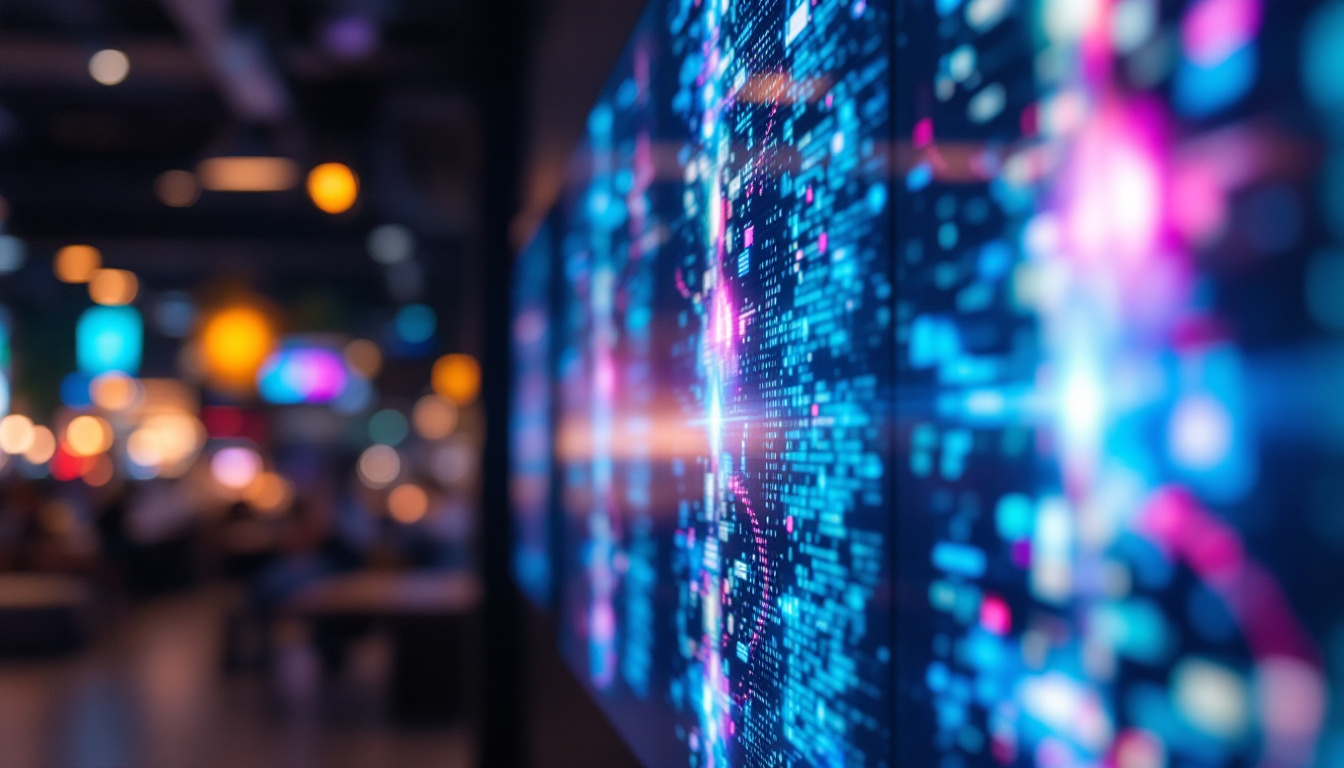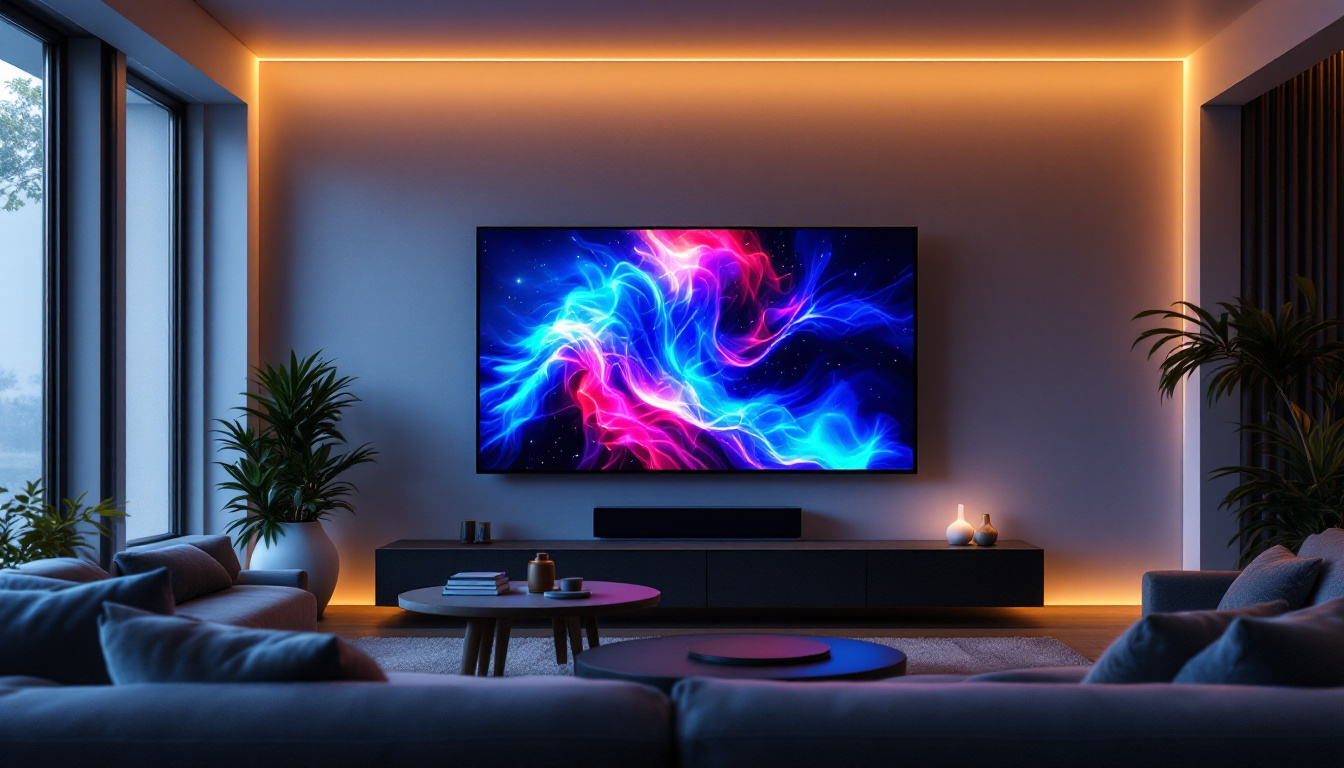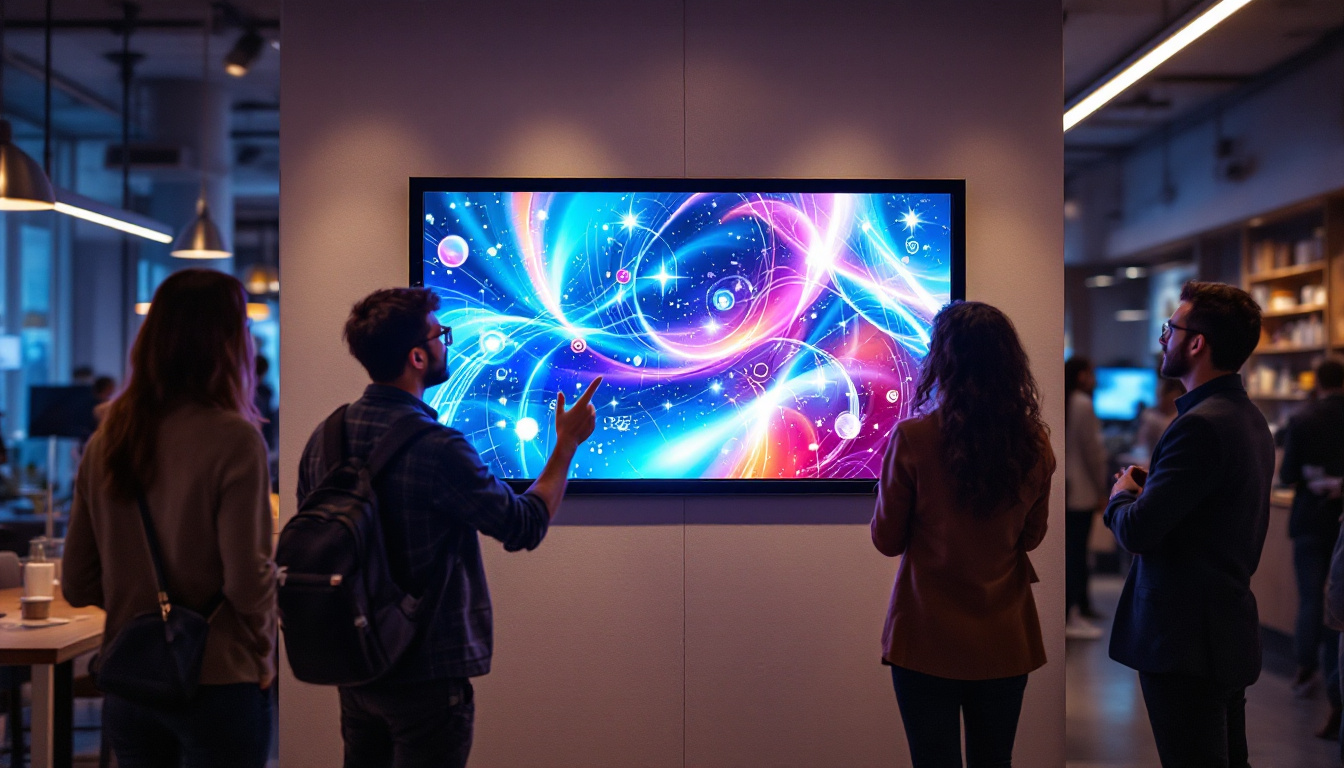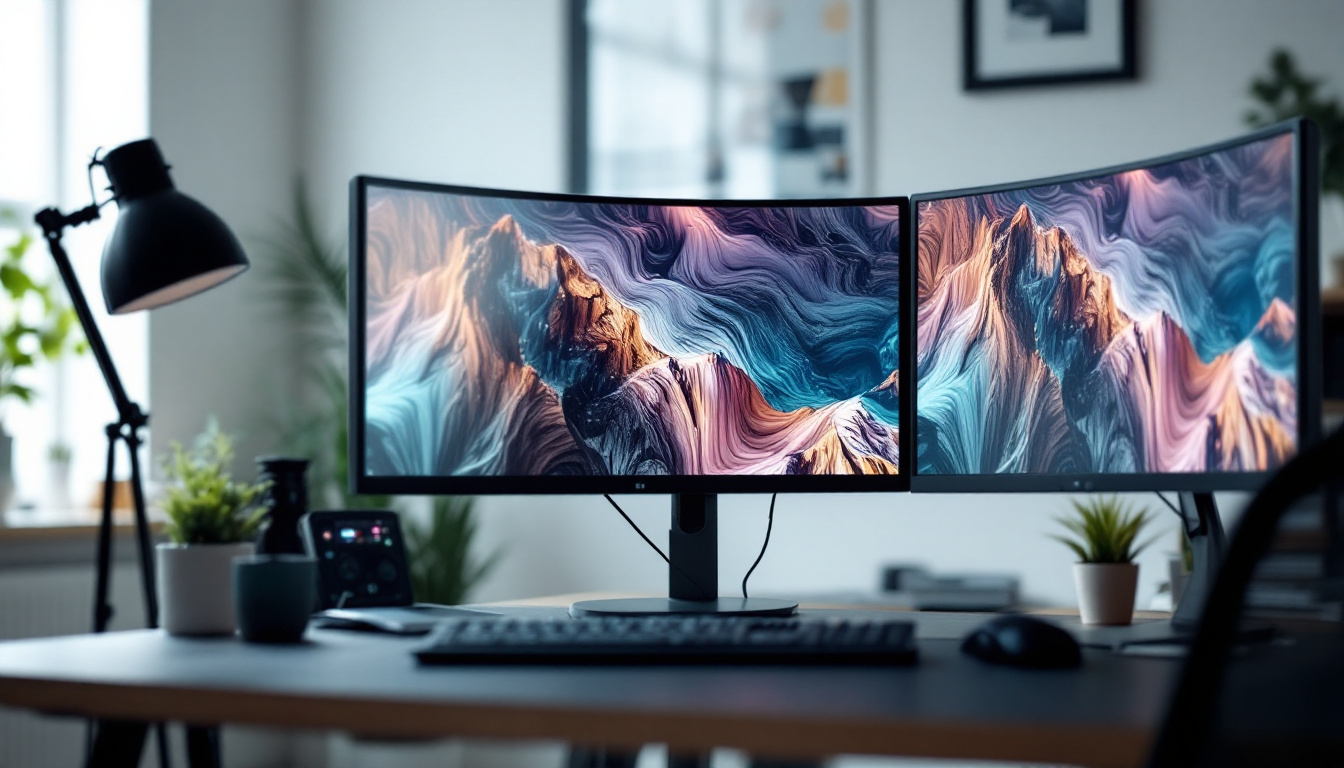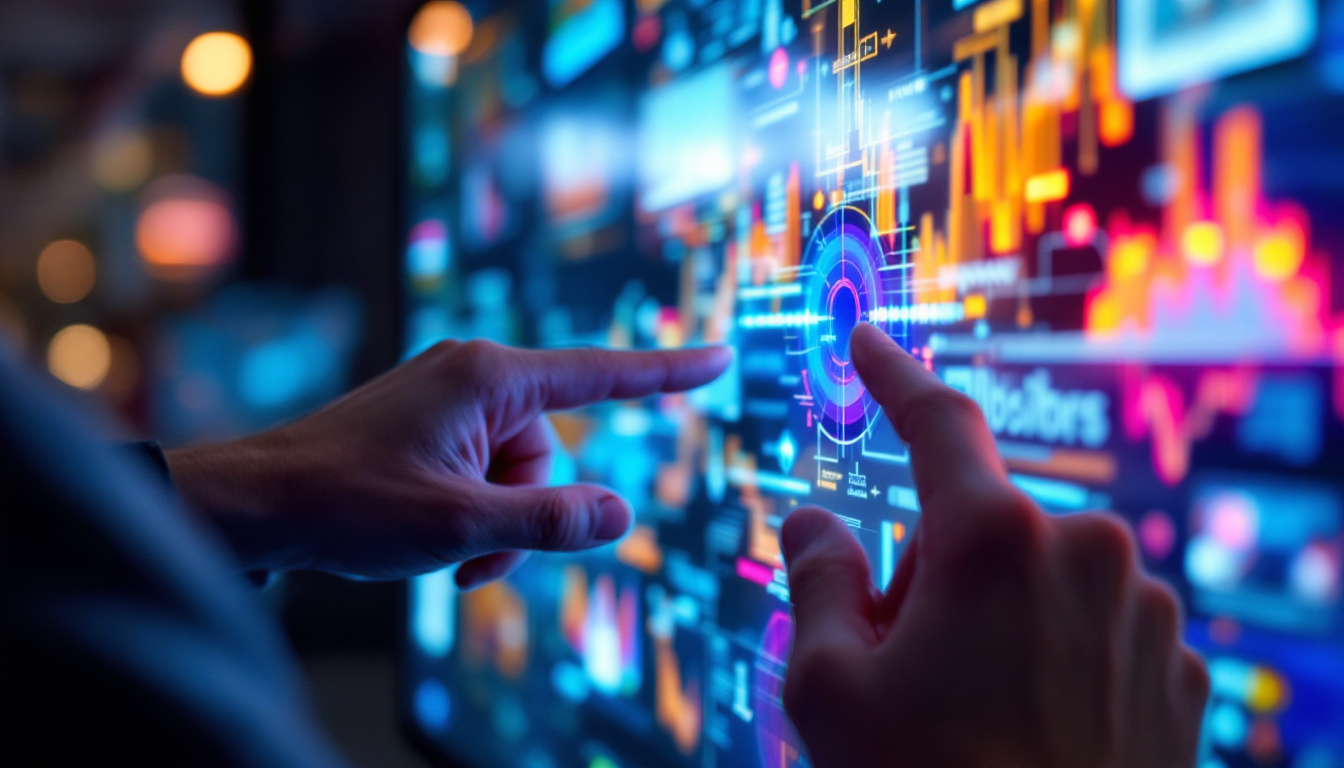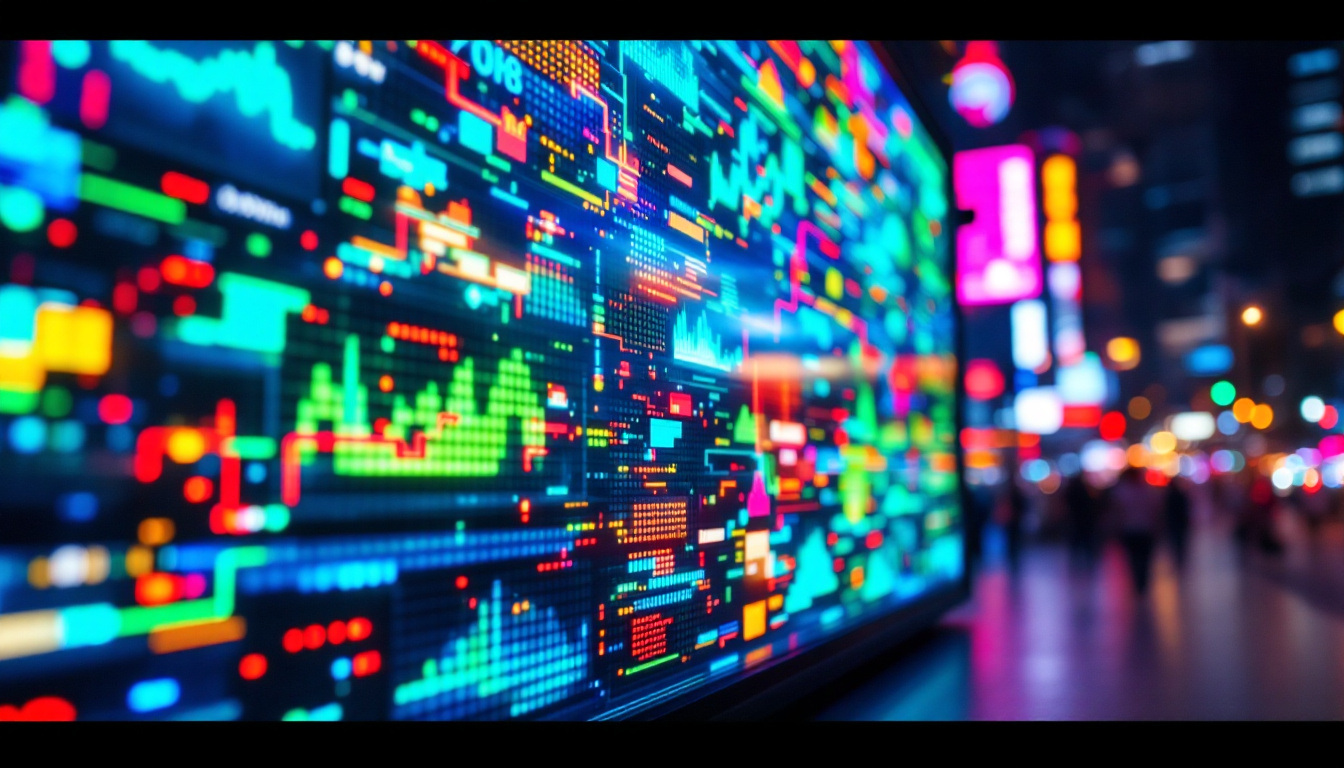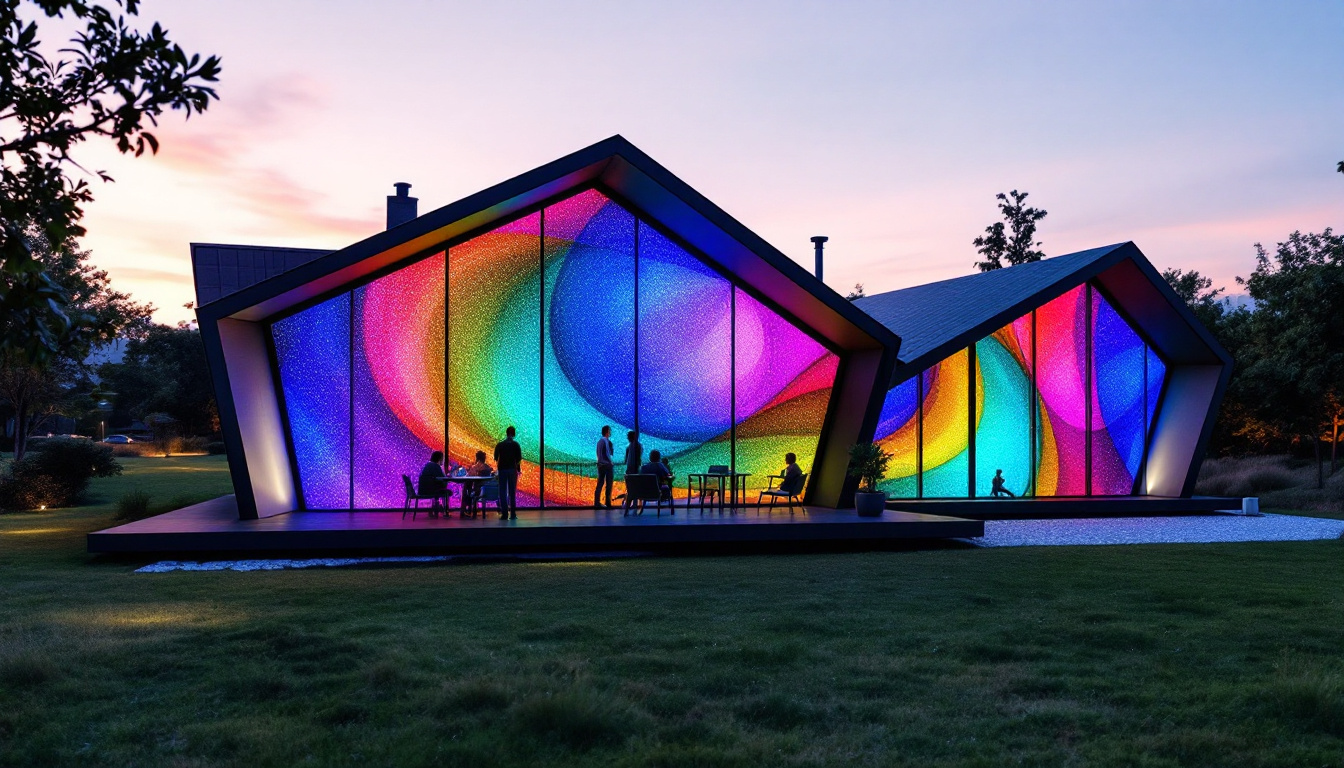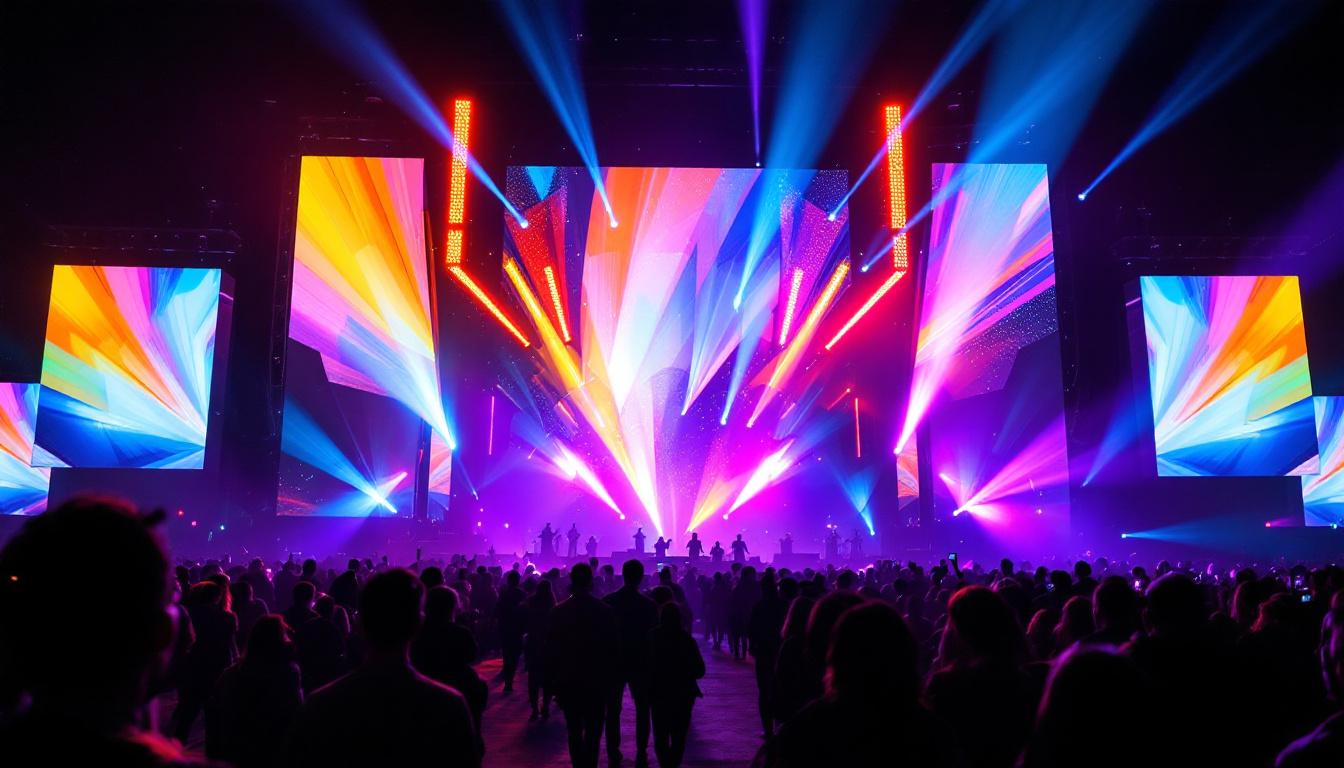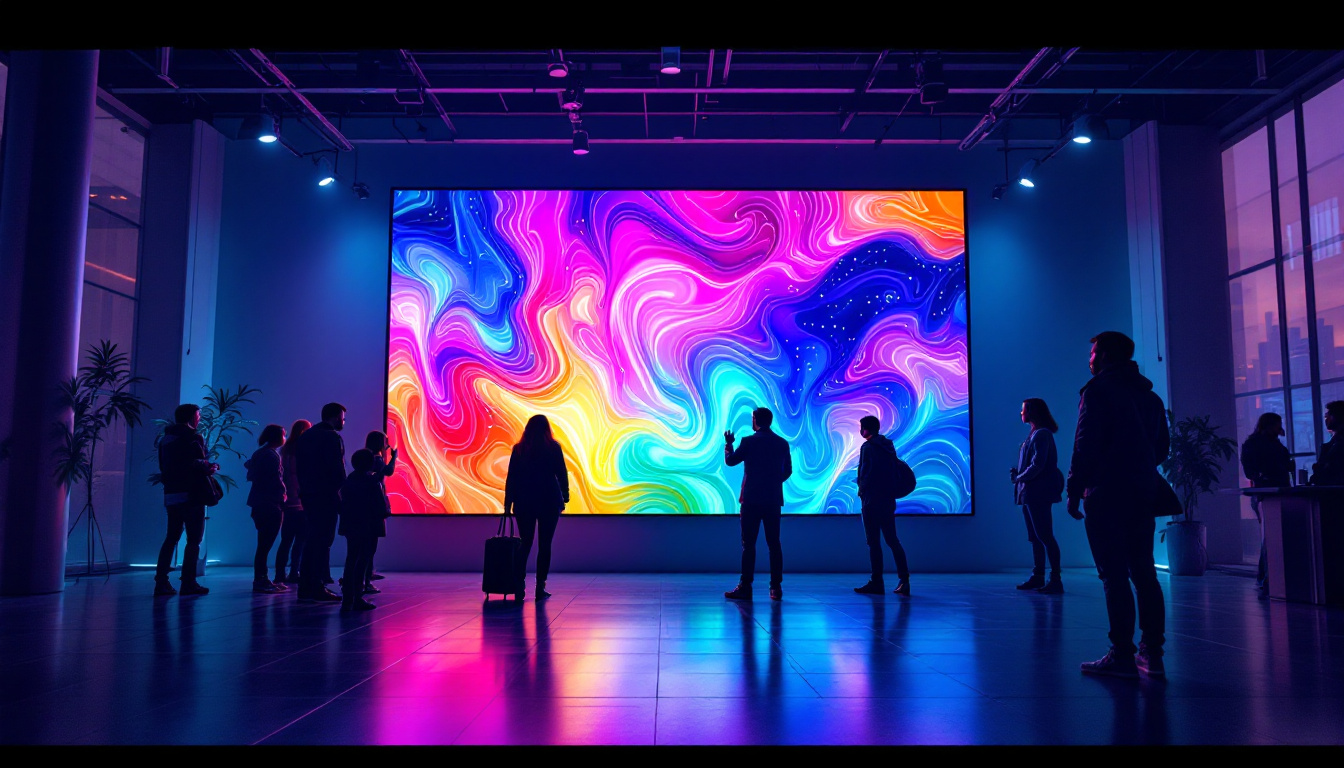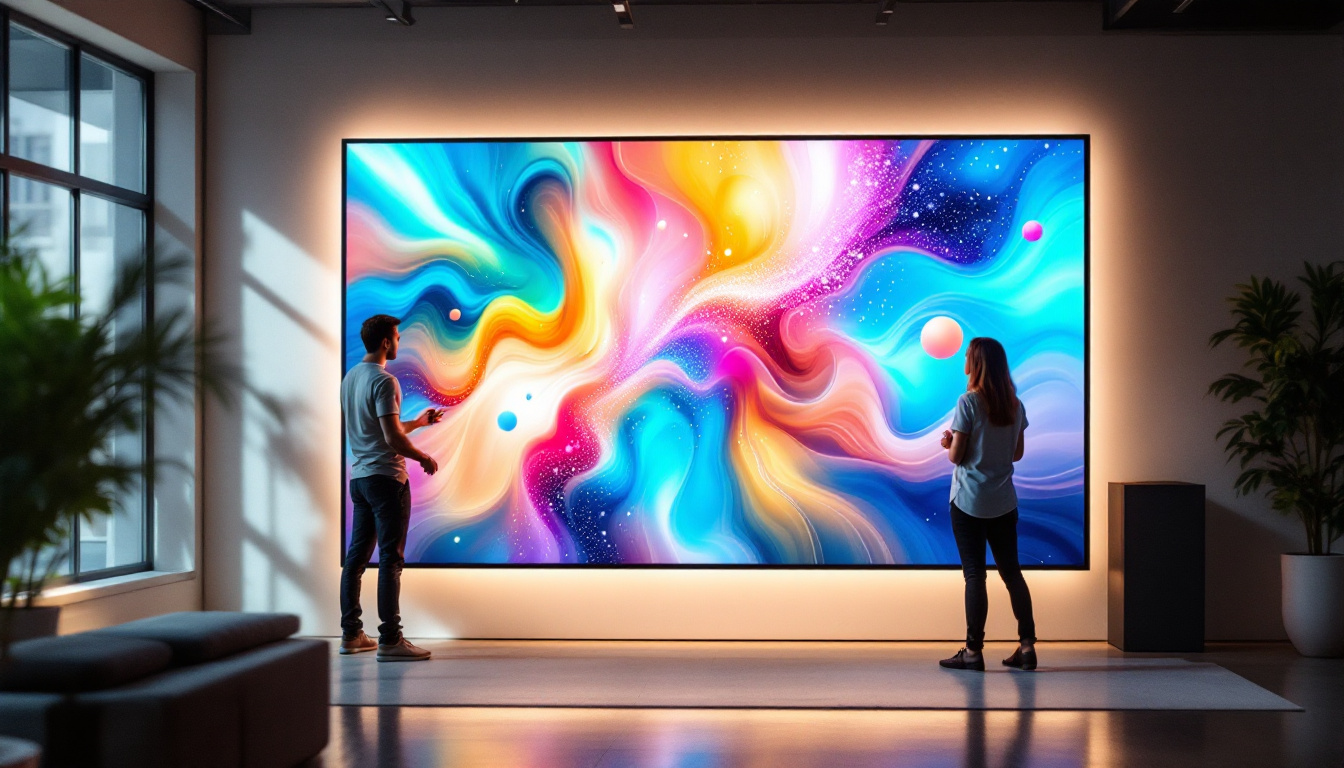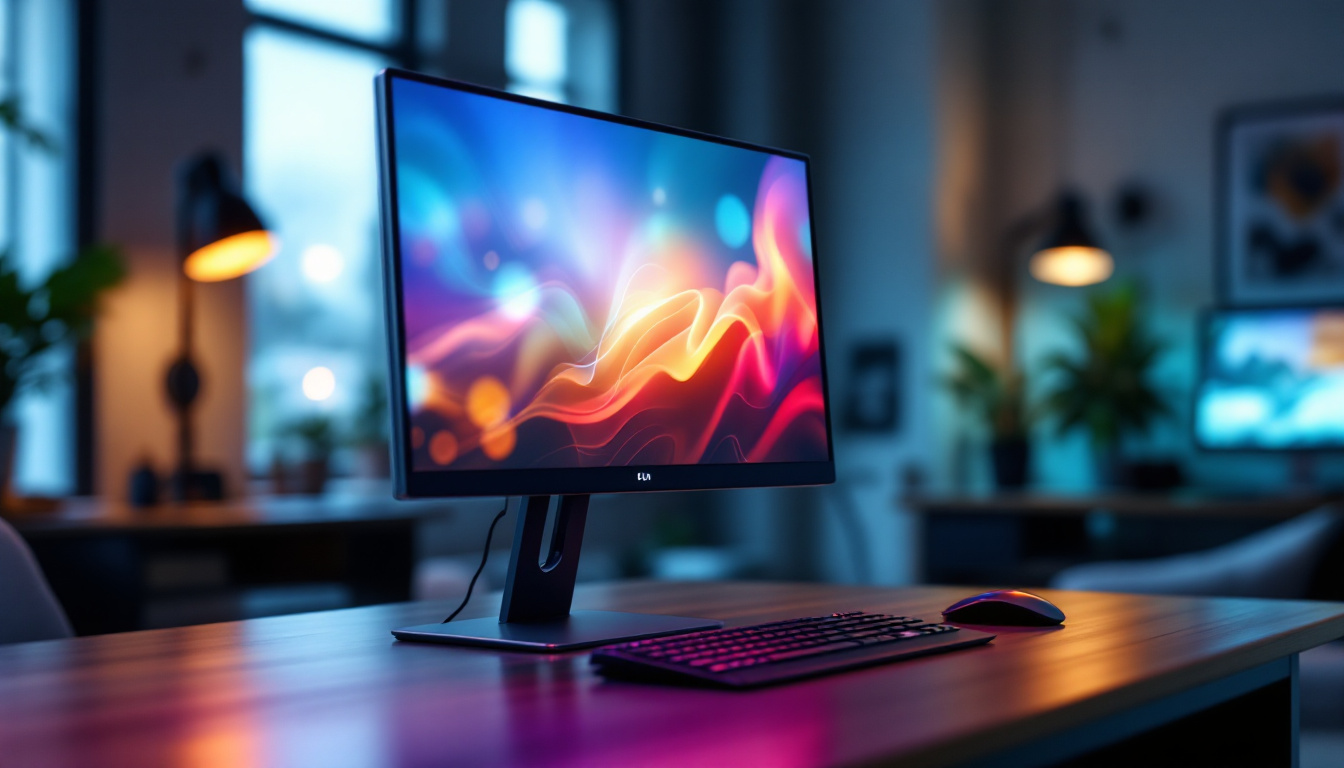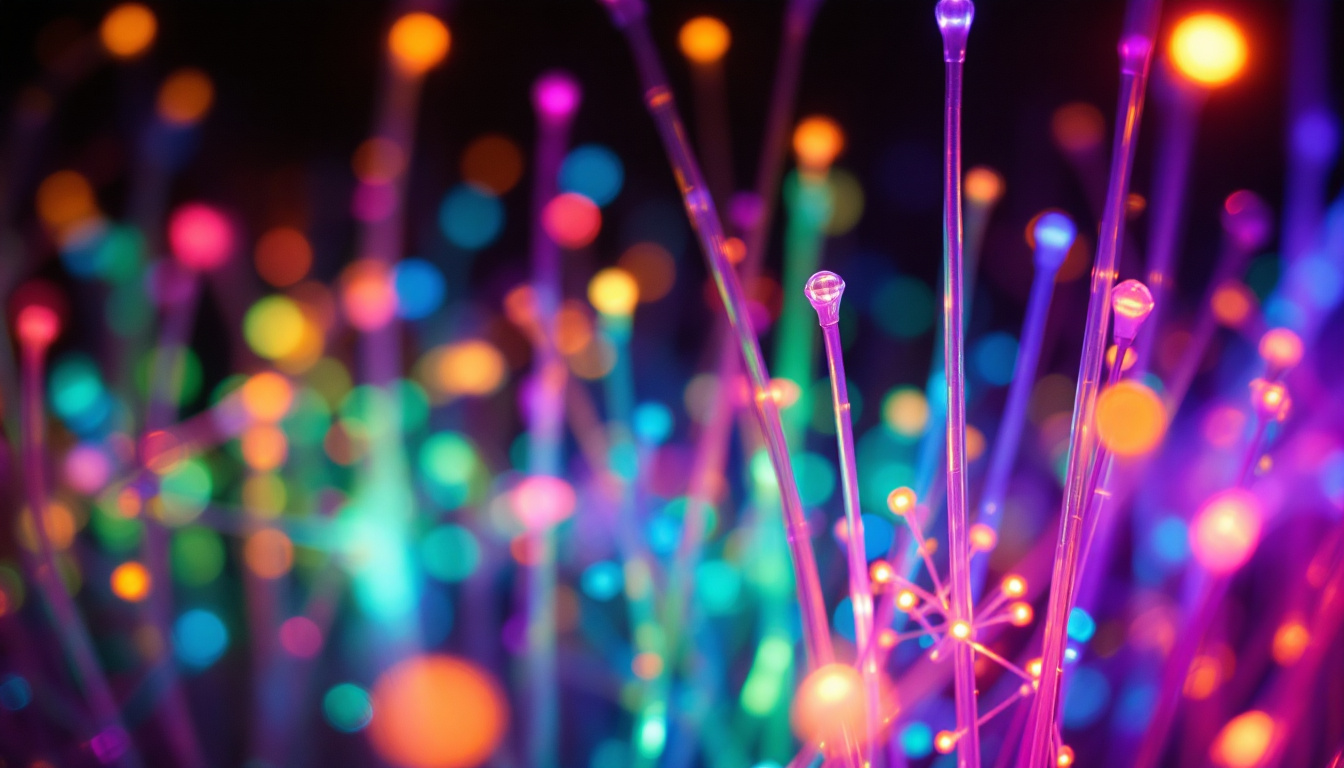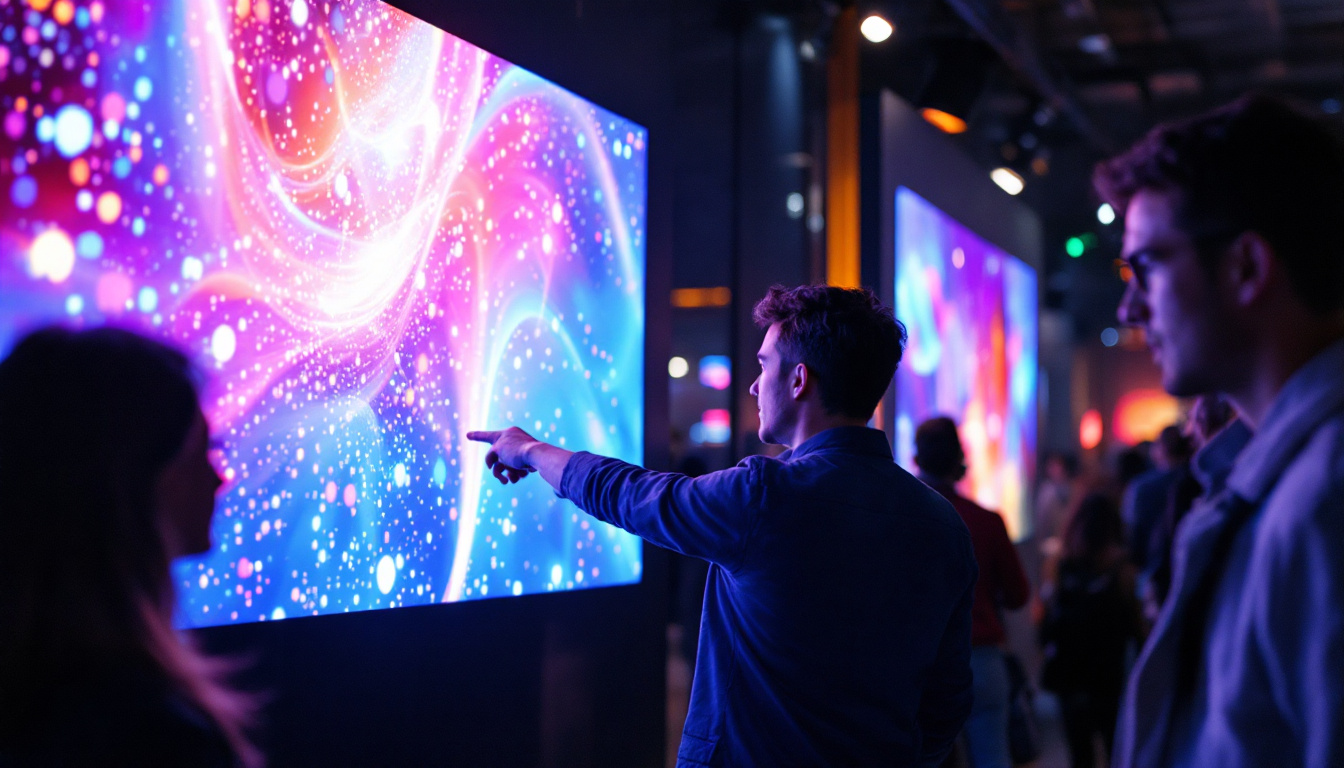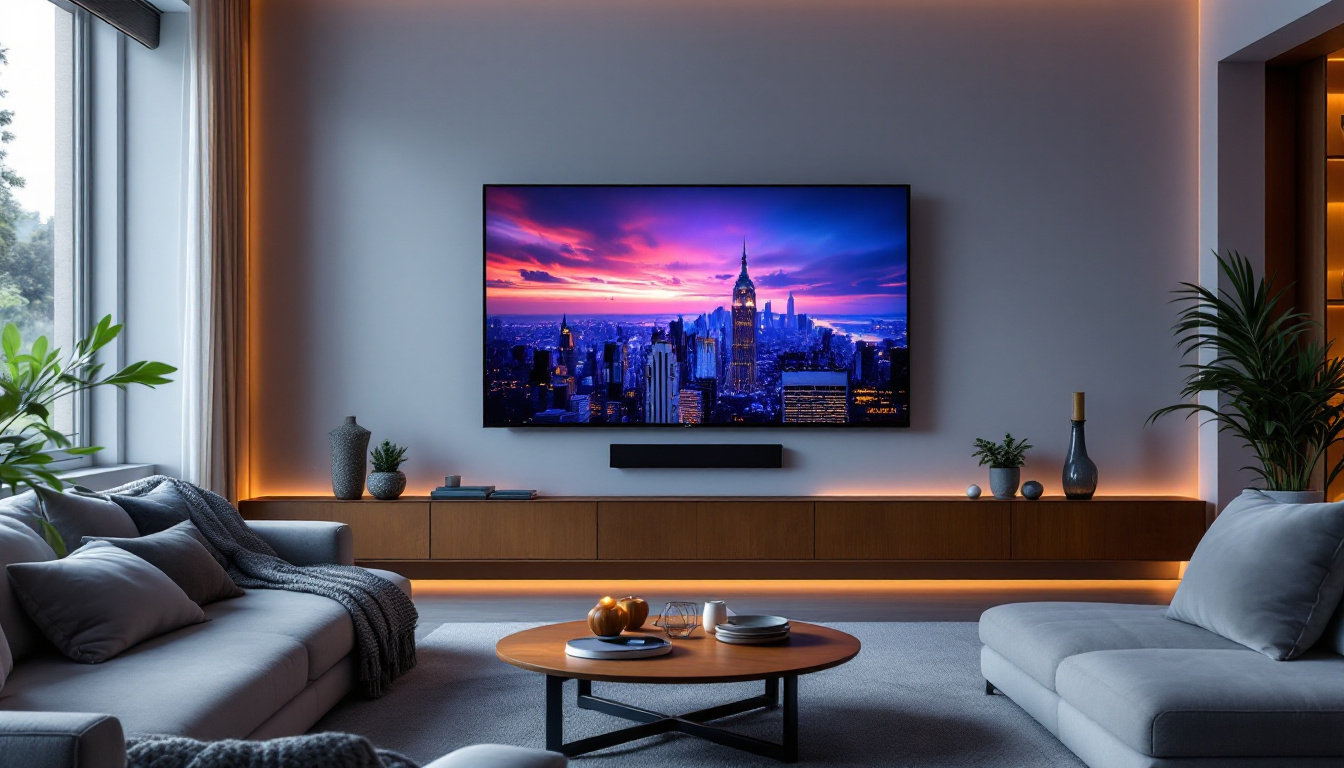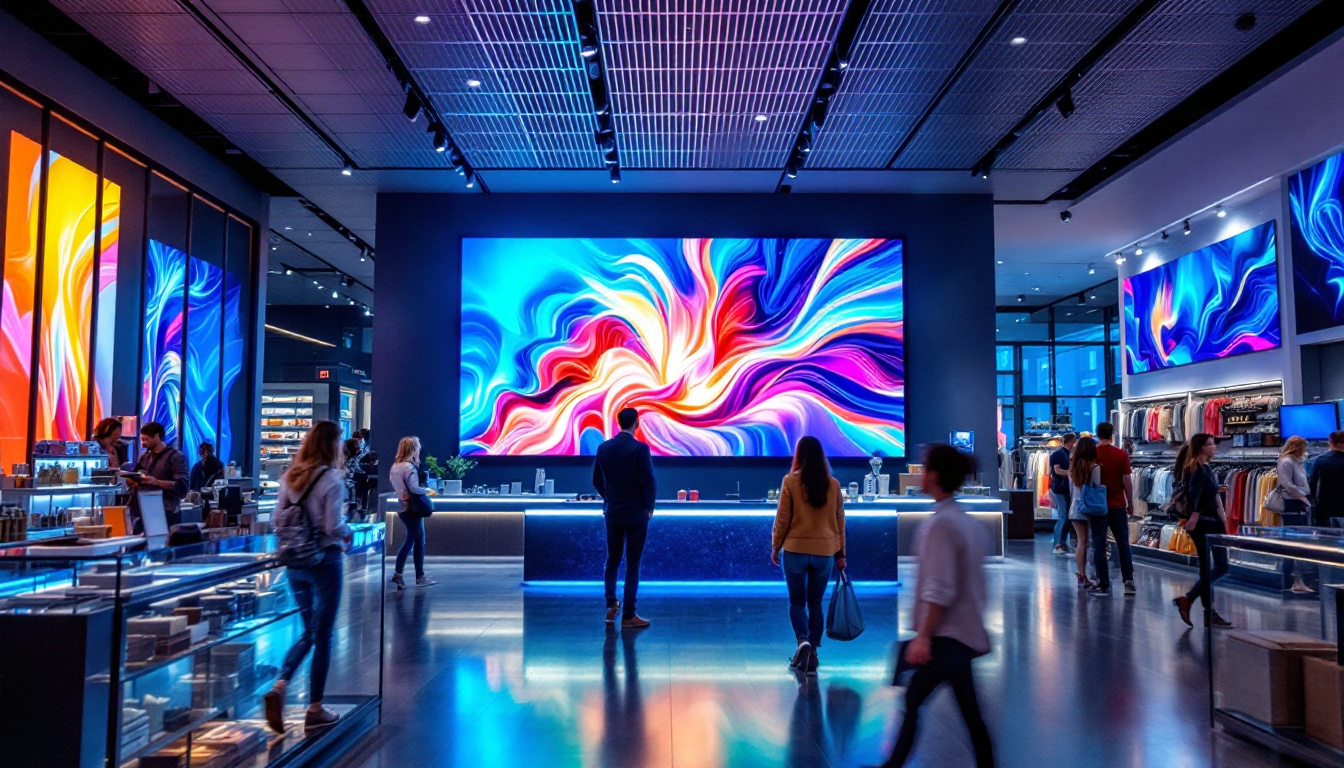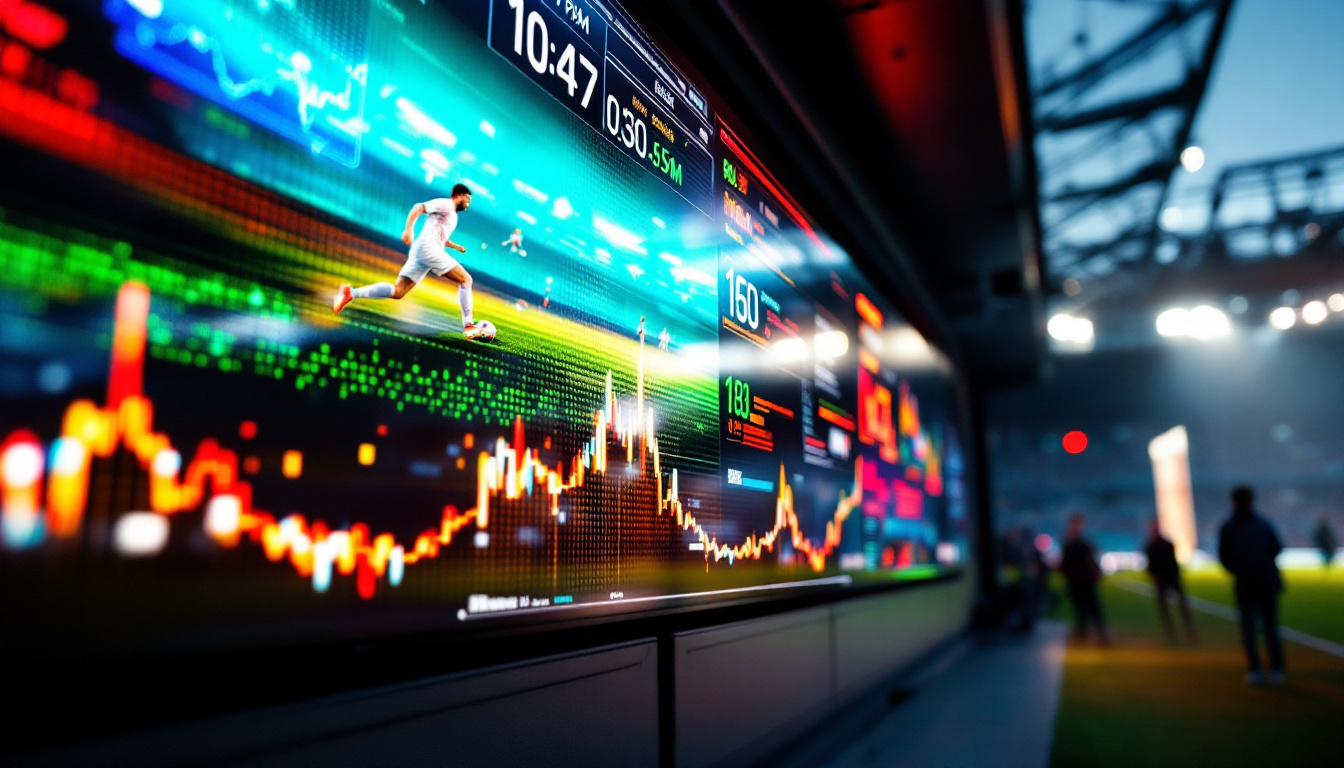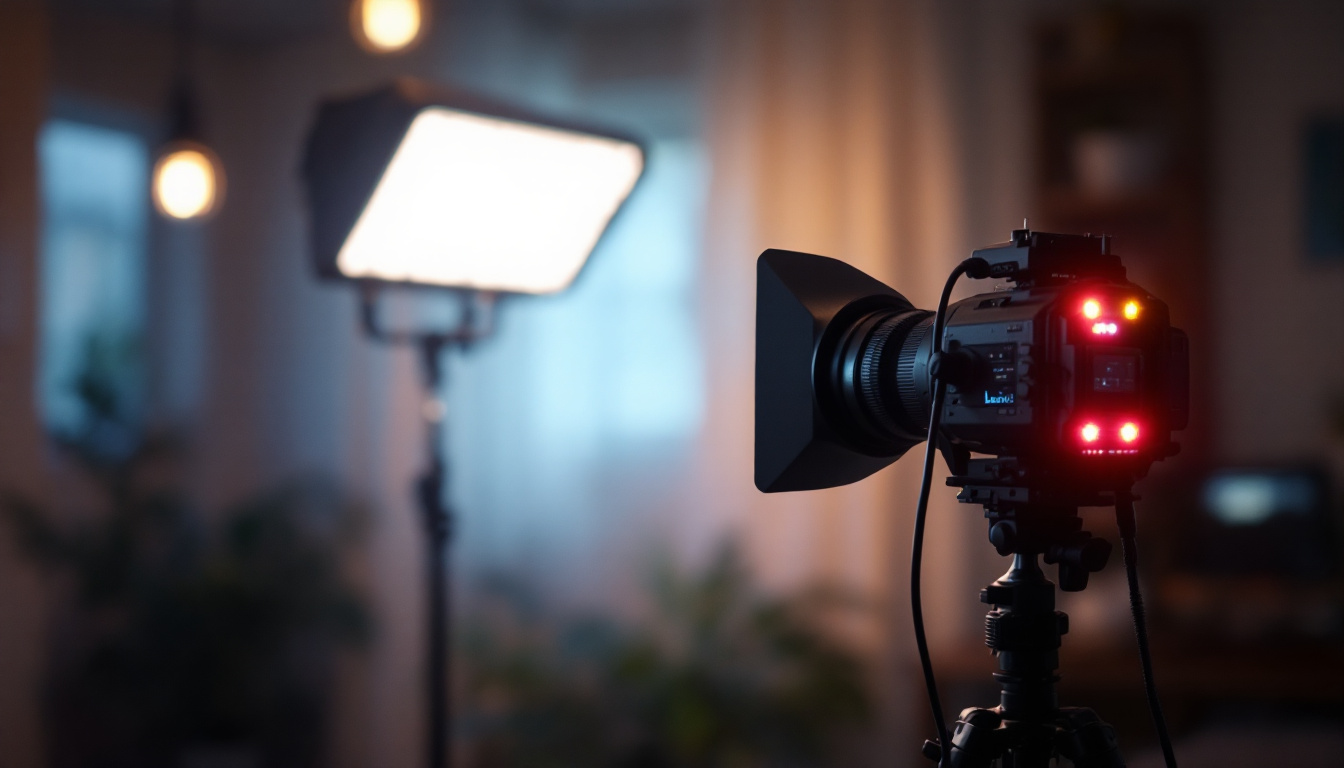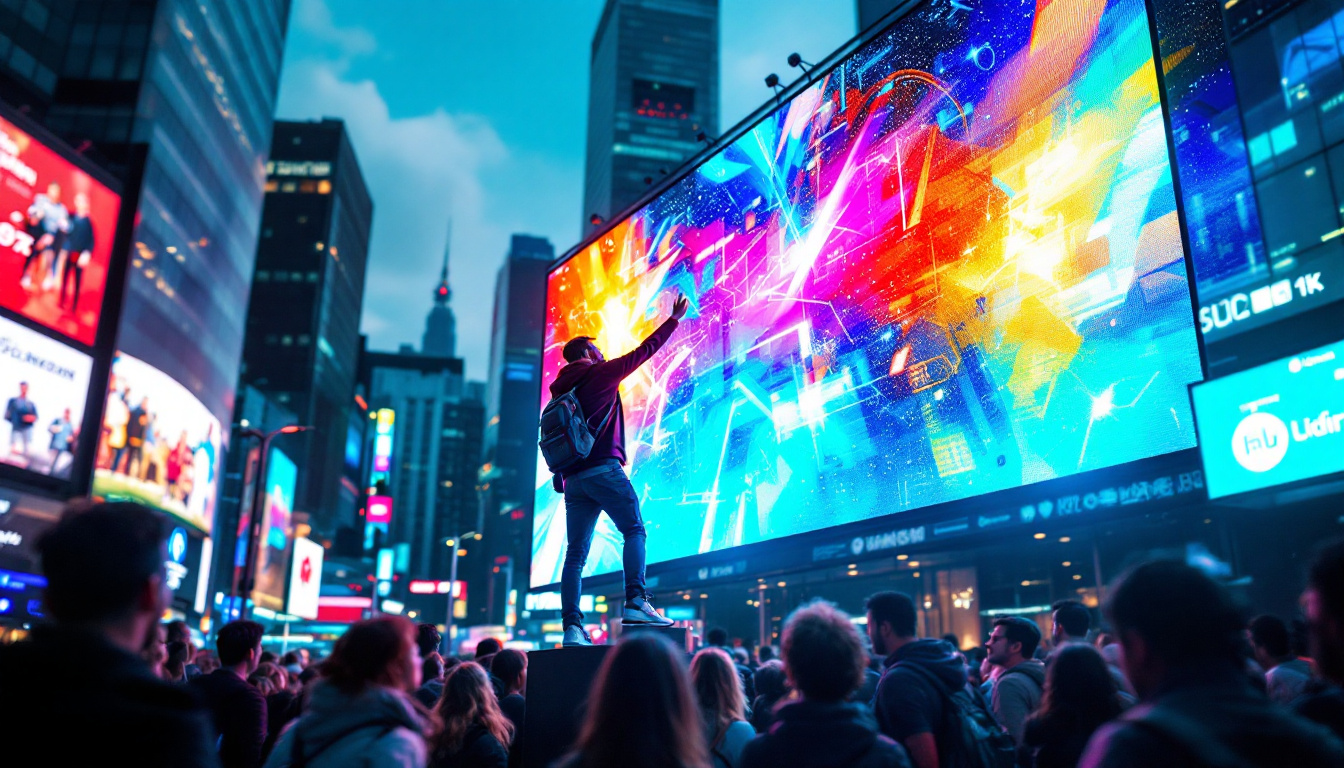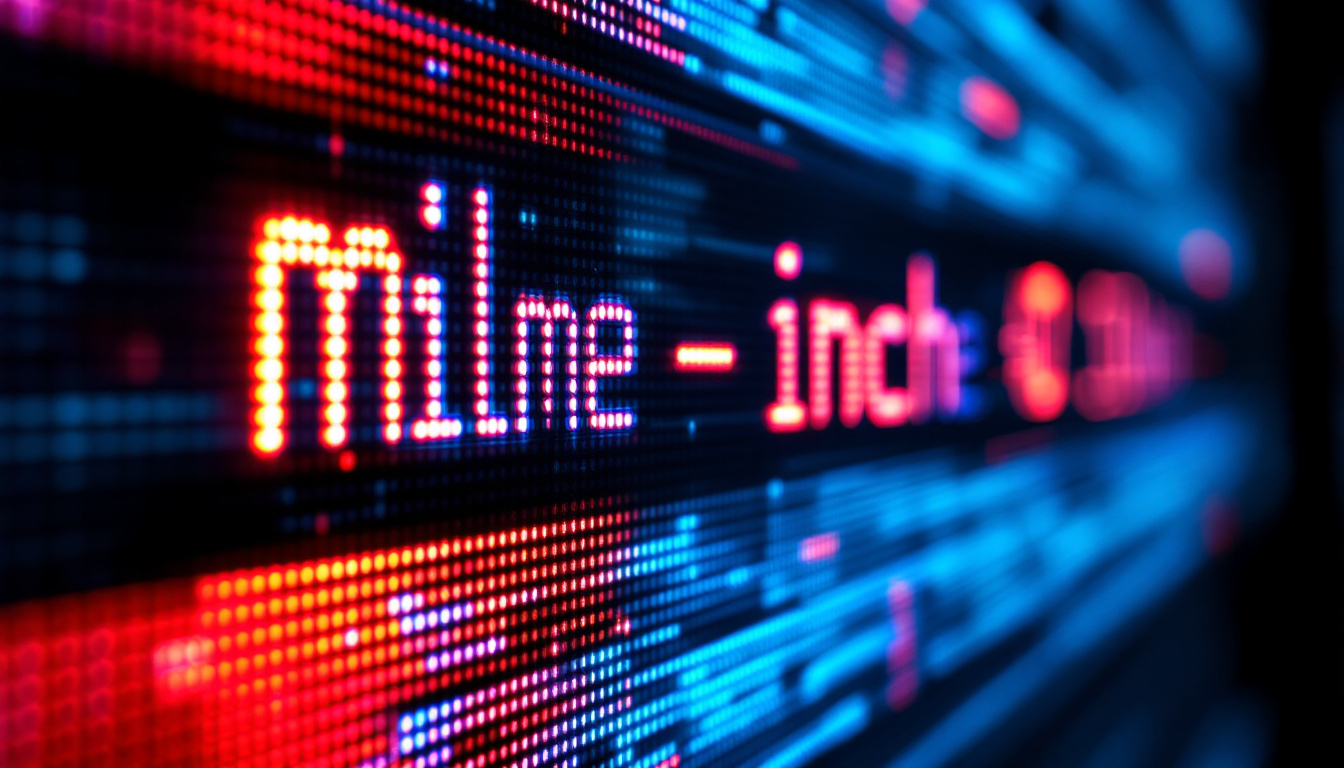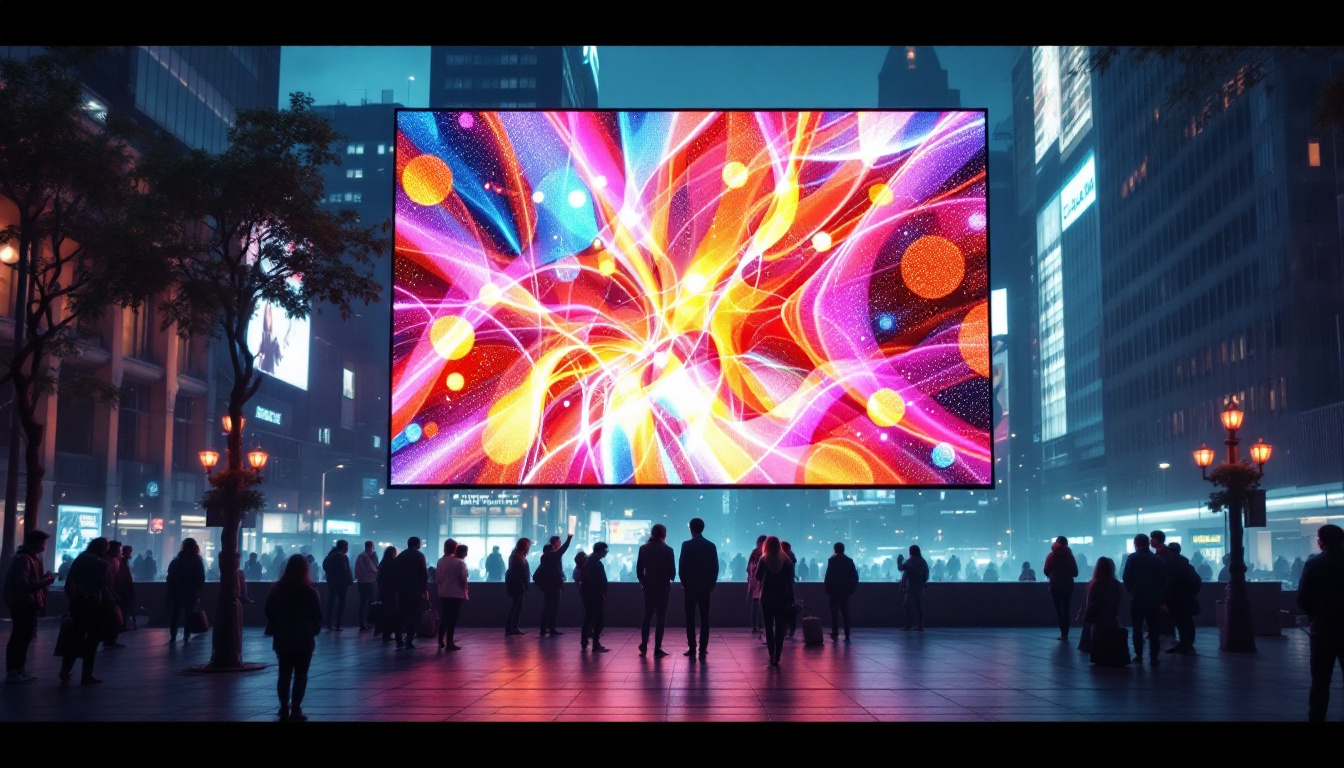In the realm of modern technology, the way we display information and visuals has evolved dramatically. Among the various options available, projector monitors with LED displays have gained significant traction. This article delves into the intricacies of projector monitors, focusing on LED display technology, its advantages, applications, and how it compares to traditional display methods.
Understanding Projector Monitors
Projector monitors combine the functionality of a traditional projector with the versatility of a monitor, offering a unique solution for both personal and professional environments. These devices are designed to project images and videos onto a large surface, making them ideal for presentations, home theaters, and educational purposes. With advancements in technology, projector monitors have become increasingly accessible, allowing users to enjoy high-quality visuals without the need for extensive setups or complicated installations.
How Projector Monitors Work
At the core of a projector monitor is its ability to take an input signal from various sources, such as computers, DVD players, or streaming devices, and convert that signal into a visual output. The LED display technology enhances this process by providing brighter, more vivid images compared to older projection methods. This capability is particularly beneficial in environments with ambient light, where traditional projectors may struggle to deliver clear visuals.
LED projectors utilize light-emitting diodes to produce images. Unlike traditional projectors that rely on lamps, LED projectors offer longer lifespans and lower energy consumption. This technology not only improves the quality of the projected image but also reduces maintenance costs over time. Furthermore, many modern projector monitors come equipped with features such as built-in speakers and smart connectivity options, allowing users to stream content directly from their devices without the need for additional equipment.
Types of Projector Monitors
Projector monitors can be categorized into several types based on their design and functionality. The most common types include:
- Portable Projectors: Lightweight and compact, these projectors are designed for easy transportation, making them ideal for business professionals on the go. Their battery-operated options also allow for outdoor use, making them perfect for picnics or backyard movie nights.
- Fixed Installation Projectors: These projectors are typically mounted in a specific location, such as a conference room or classroom, providing a permanent solution for large-scale presentations. They often come with advanced features like automatic keystone correction and zoom capabilities, ensuring a perfect image regardless of the room’s layout.
- Short-Throw Projectors: Capable of projecting large images from a short distance, these projectors are perfect for smaller spaces where traditional projectors may not fit. Their design minimizes shadows and allows for a more immersive viewing experience, making them popular in home theaters and small classrooms.
In addition to these categories, there are also hybrid models that combine the features of both projectors and traditional monitors, offering users the flexibility to switch between projection and direct viewing as needed. These versatile devices are particularly useful in collaborative workspaces, where teams can easily share information and ideas on a larger scale, enhancing productivity and engagement. As technology continues to evolve, the future of projector monitors looks promising, with innovations aimed at improving image quality, connectivity, and user experience.
LED Display Technology
LED display technology has revolutionized the way images are projected. By utilizing diodes that emit light, LED displays offer several advantages over traditional LCD or DLP projectors. Understanding these benefits is crucial for anyone considering a projector monitor for their needs.
Advantages of LED Displays
LED displays are known for their superior brightness and color accuracy. This results in images that are not only clearer but also more vibrant, making them suitable for various lighting conditions. Here are some key advantages:
- Energy Efficiency: LED displays consume significantly less power than traditional projection systems, making them an environmentally friendly choice.
- Longevity: The lifespan of LED lights can exceed 20,000 hours, reducing the need for frequent replacements and maintenance.
- Enhanced Color Range: LED technology allows for a broader spectrum of colors, resulting in more lifelike images.
Applications of LED Projector Monitors
The versatility of LED projector monitors makes them suitable for a wide range of applications. From educational institutions to corporate environments, these devices can enhance the way information is shared and consumed.
In educational settings, LED projector monitors facilitate interactive learning experiences. Teachers can display multimedia presentations, videos, and interactive content that engage students more effectively. In corporate environments, these projectors are invaluable for presentations, training sessions, and video conferencing, allowing for clear visuals that enhance communication.
Beyond education and corporate use, LED displays are increasingly popular in entertainment venues, such as theaters and concert halls. The ability to project high-definition visuals with striking clarity enhances the audience’s experience, drawing them into the performance. Furthermore, LED technology is also being embraced in retail environments, where dynamic displays can capture customer attention and convey promotional messages in an eye-catching manner. This adaptability highlights the growing trend of integrating LED displays into various aspects of daily life, making them a staple in modern visual communication.
Moreover, the development of portable LED projector monitors has opened new avenues for mobile presentations and outdoor events. These lightweight and compact devices allow users to set up high-quality displays in diverse locations, from parks to rooftops, making them ideal for gatherings, workshops, or community events. The ease of setup and the ability to project in various environments emphasize the practicality and innovation of LED technology, catering to the needs of an increasingly mobile and connected society.
Comparing LED Projectors to Traditional Displays
When considering a projector monitor, it is essential to compare LED technology with traditional display methods, such as LCD and DLP projectors. Each technology has its strengths and weaknesses, influencing the decision-making process for potential buyers.
Brightness and Clarity
One of the most significant advantages of LED projectors is their brightness. LED displays can produce higher lumens, making them suitable for well-lit environments. In contrast, traditional projectors may struggle to deliver clear images in similar conditions, often requiring dimmed lights for optimal performance.
Cost and Maintenance
While LED projectors may have a higher initial cost compared to some traditional models, their long-term savings in energy consumption and maintenance can offset this expense. The longevity of LED technology means fewer replacements and lower operational costs, making it a wise investment for many users.
Choosing the Right Projector Monitor
With a myriad of options available, selecting the right projector monitor can be a daunting task. Several factors should be considered to ensure the chosen device meets specific needs and expectations.
Assessing Your Needs
Before making a purchase, it is crucial to assess the intended use of the projector monitor. Consider the following questions:
- Will it be used primarily for business presentations, educational purposes, or home entertainment?
- What is the size of the space where the projector will be used?
- Will the projector need to be portable or fixed in one location?
Evaluating Specifications
Once the needs have been established, evaluating the specifications of potential projector monitors is essential. Key specifications to consider include:
- Brightness (Lumens): A higher lumen rating indicates a brighter image, which is crucial for well-lit environments.
- Resolution: Higher resolutions provide clearer images, particularly for detailed presentations or videos.
- Connectivity Options: Ensure the projector monitor has the necessary ports for connecting to various devices.
Installation and Setup
Once the right projector monitor has been selected, the next step is installation and setup. Proper installation is vital for achieving optimal performance and ensuring a seamless user experience.
Installation Tips
For fixed installation projectors, consider the following tips:
- Mounting Height: The projector should be mounted at an appropriate height to ensure the image is projected at eye level.
- Distance from Screen: Determine the optimal distance between the projector and the screen to achieve the desired image size.
- Screen Type: Choose a screen that complements the projector’s capabilities, considering factors such as gain and viewing angle.
Calibration and Adjustment
After installation, calibrating the projector monitor is essential for achieving the best image quality. Adjust settings such as brightness, contrast, and color balance to suit the specific environment and content being displayed. Regular maintenance, including cleaning the lens and checking connections, will help maintain optimal performance over time.
Future Trends in Projector Technology
The field of projector technology is continuously evolving, with innovations that promise to enhance user experience and functionality. Understanding these trends can help consumers stay ahead of the curve.
Advancements in LED Technology
As LED technology continues to advance, future projector monitors are likely to feature even higher brightness levels, improved color accuracy, and enhanced energy efficiency. These advancements will make LED projectors even more versatile and suitable for a wider range of applications.
Integration with Smart Technology
With the rise of smart technology, future projector monitors are expected to integrate seamlessly with smart home systems and devices. This integration will allow for enhanced interactivity, enabling users to control the projector through voice commands or mobile apps, further simplifying the user experience.
Conclusion
In conclusion, projector monitors equipped with LED display technology represent a significant advancement in visual display solutions. Their combination of brightness, energy efficiency, and versatility makes them an excellent choice for various applications, from business presentations to home entertainment.
As technology continues to evolve, staying informed about the latest advancements and trends will empower consumers to make educated decisions when selecting a projector monitor. By understanding the benefits and features of LED displays, users can enhance their visual experiences and engage their audiences more effectively.
Ultimately, whether for professional or personal use, the right projector monitor can transform the way information is shared and enjoyed, paving the way for a more connected and visually engaging future.
Discover LumenMatrix’s Innovative LED Displays
Ready to elevate your visual experience with the latest in LED display technology? Look no further than LumenMatrix, a pioneer in crafting immersive LED display modules tailored to your needs. Whether you’re seeking to boost brand visibility with an Indoor LED Wall Display, captivate passersby with an Outdoor LED Wall Display, or create dynamic visual experiences with our range of Custom LED Displays, LumenMatrix has the solution. Embrace the future of visual communication and make a lasting impression with our cutting-edge LED display solutions. Check out LumenMatrix LED Display Solutions today and transform your space into a hub of engagement and clarity.


